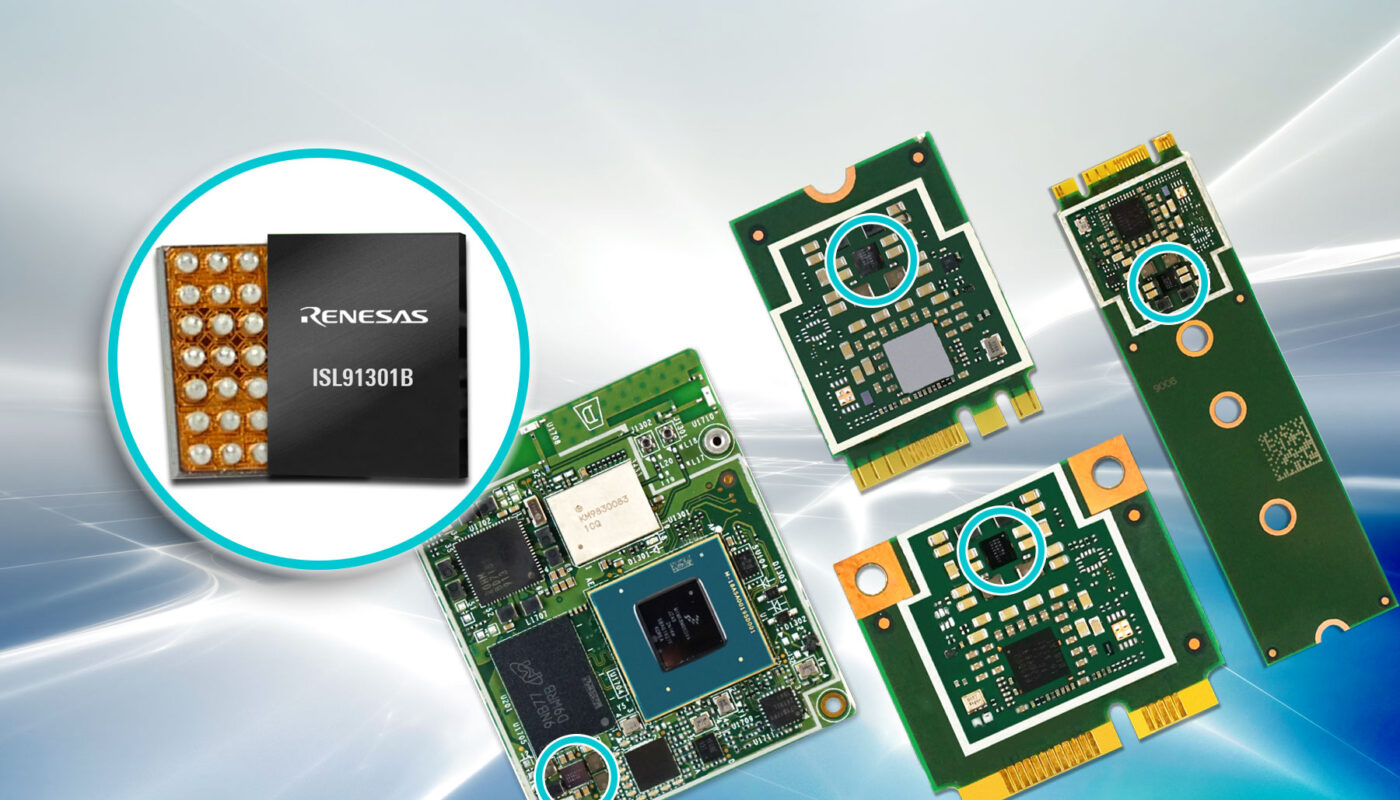Introduction to Power Management ICs
Power management integrated circuits (PMICs) play a crucial role in modern electronic devices by efficiently regulating and converting power from a battery or power source to the various loads within a system. As electronic products have become more advanced with growing features and functionality, they require increasingly complex power delivery and management. This is where PMICs have become indispensable as they integrate multiple low-dropout regulators (LDOs), buck converters, battery chargers, DC/DC converters, and other necessary circuits onto a single chip.
PMIC Design and Functionality
A PMIC contains various blocks to perform key power management tasks. The main components include LDO regulators, switching voltage regulators, battery chargers, power paths, monitoring circuits, reset and wake-up functions. LDOs are used to generate stable and clean power for voltage-sensitive loads from noisy battery voltages. Switching regulators like buck or boost converters efficiently adapt uneven input voltages to power digital and radio frequency parts. Battery chargers carefully charge the battery to its rated capacity without damage. Power paths manage power distribution through turn on/off sequencing and power domains. Monitoring circuits keep track of current, voltage and temperature parameters. Resets and wake circuits safely bring the device out of low power modes.
PMICs for Mobile Devices
Mobile phones have some of the most advanced Power Management ICs designs due to their stringent power and space constraints. As smartphones integrate more powerful processors, larger displays and added connectivity, squeezing all components into slim bodies requires highly integrated PMICs. Key challenges include rapid charging, long battery life despite intensive usage and heat dissipation in compact form factors. Leading companies like Qualcomm, MediaTek and Samsung manufacture PMICs for flagship phones with capabilities like quick charging up to 100W, power delivery standards compliance and integrated power amplifiers for cellular modems. Advanced fabrication technologies help reduce PMIC sizes below 5mm x 5mm while maintaining high current outputs.
PMIC Applications in Laptops and Tablets
Like mobiles, notebooks and tablets also demand specialized Power Management ICs solutions to enable all-day usage from limited battery capacities. Juggling power among CPUs, GPUs, storage and vibrant displays requires optimized power distribution through buck converters, battery fuel gauging and thermal monitoring. Intel and AMD design PMICs for their notebook platforms to leverage proprietary power management techniques. Devices from Microsoft, Apple and Samsung use PMICs incorporating USB Power Delivery controllers and multiphase buck regulators. With 2-in-1 laptops gaining ground, hybrid PMICs serve variable power needs of both clamshell and tablet configurations. Foldable devices pose new thermal dissipation challenges for PMIC vendors.
PMIC Solutions for IoT and Wearables
The widespread proliferation of sensors, cameras and connectivity in smart home, industrial and wearable applications amplified demand for small yet powerful PMICs. Ultra-low quiescent current LDOs and switching regulators help extend battery life in devices intended to last years on a single coin cell battery. Integrated power paths optimized for always-on real time clocks and microcontrollers enable self-contained systems requiring no external management chips. Bluetooth Low Energy and Zigbee radios need specific start-up and shut-down sequences controlled by specialized PMICs. Wearables like smartwatches need dynamic power allocation to their touch displays, heart rate sensors and wireless interfaces during varied usage profiles.
Future Trends in PMIC Design
PMIC development continues to progress with electronics miniaturization and diversification trends. Monolithic integration of more functions promises single-chip PMIC solutions for emerging applications. AI and ML prompted increased focus on always-on capabilities and dynamic power management during idle and active workloads. More analog functionality will likely merge into digital PMIC designs to reduce component counts. Gallium nitride (GaN) transistors can enable much higher switching frequencies and current handling in smaller footprints. Further miniaturization using 3D chip stacking and alternative substrates will enhance PMIC integration. Wide bandgap materials may transform thermal and efficiency aspects. Upcoming technologies such as foldables and rollables pose size, mechanical robustness and lifetime challenges for PMIC innovators.
*Note:
1. Source: Coherent Market Insights, Public sources, Desk research
2. We have leveraged AI tools to mine information and compile it



